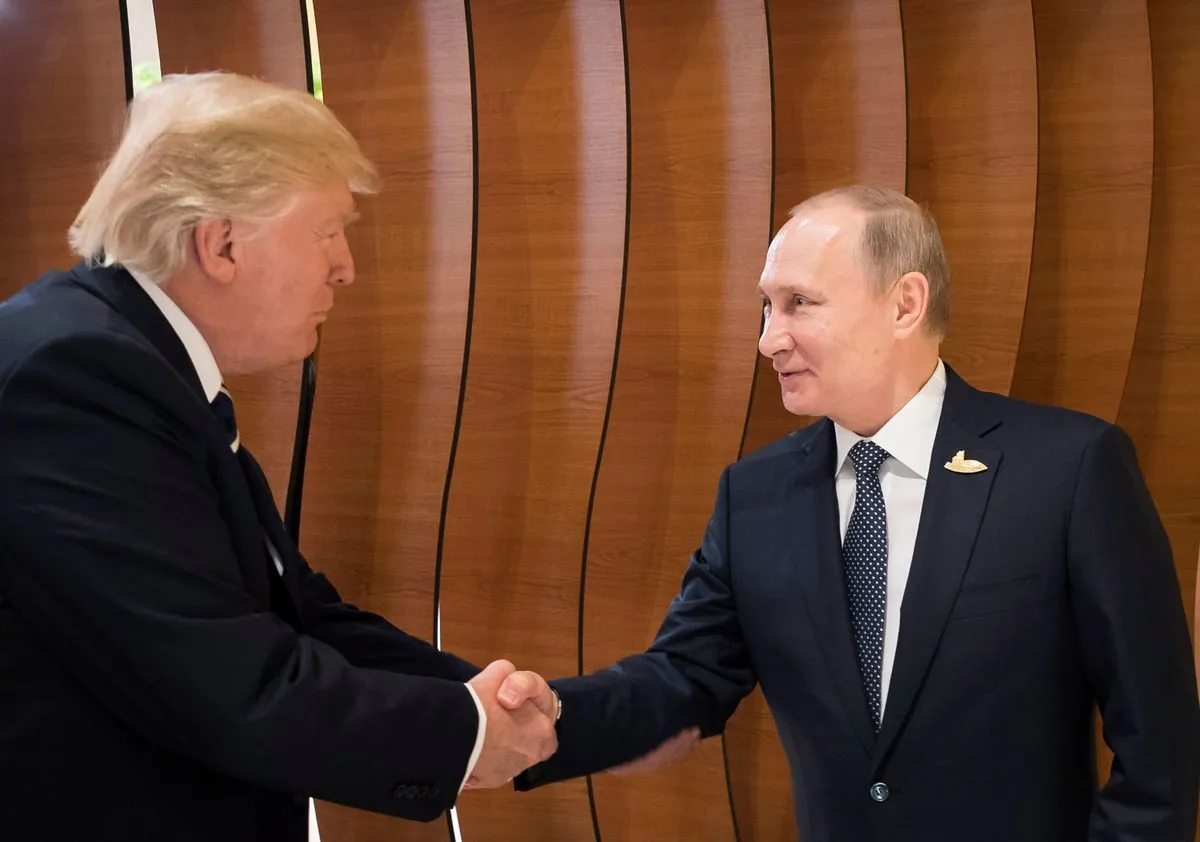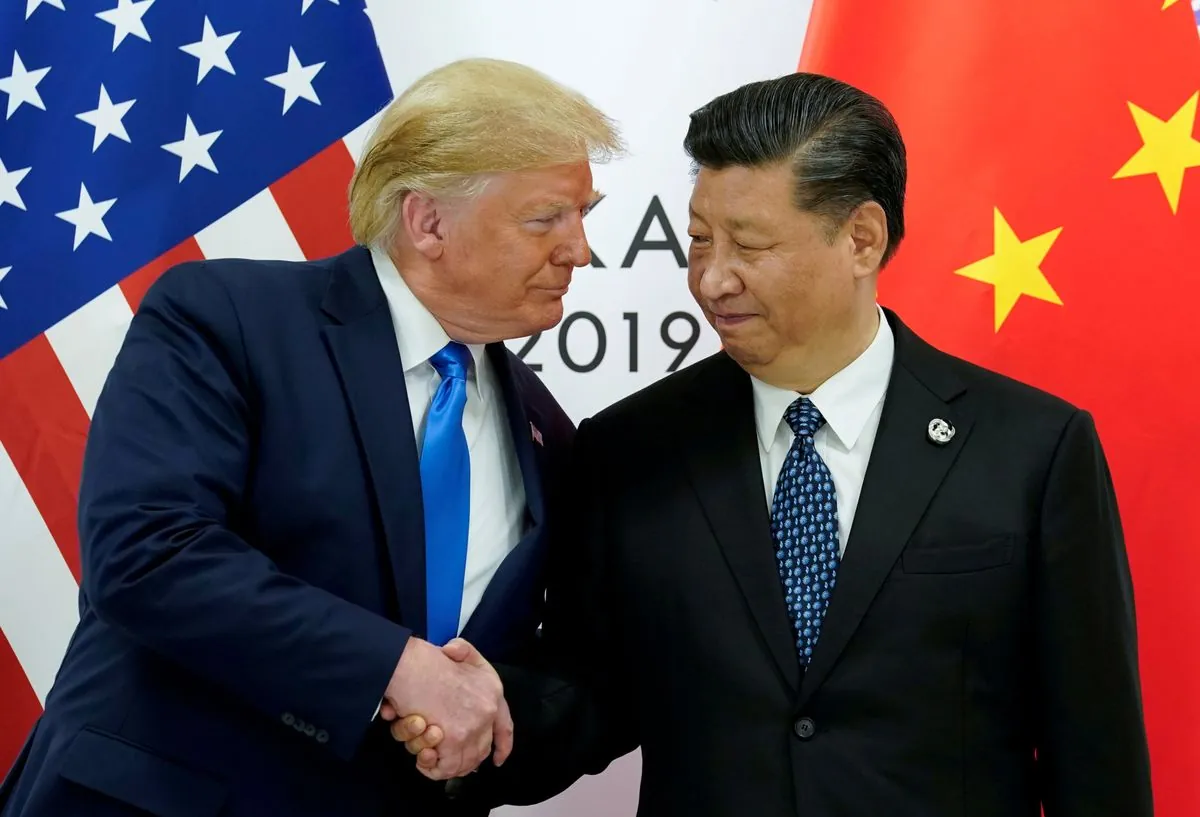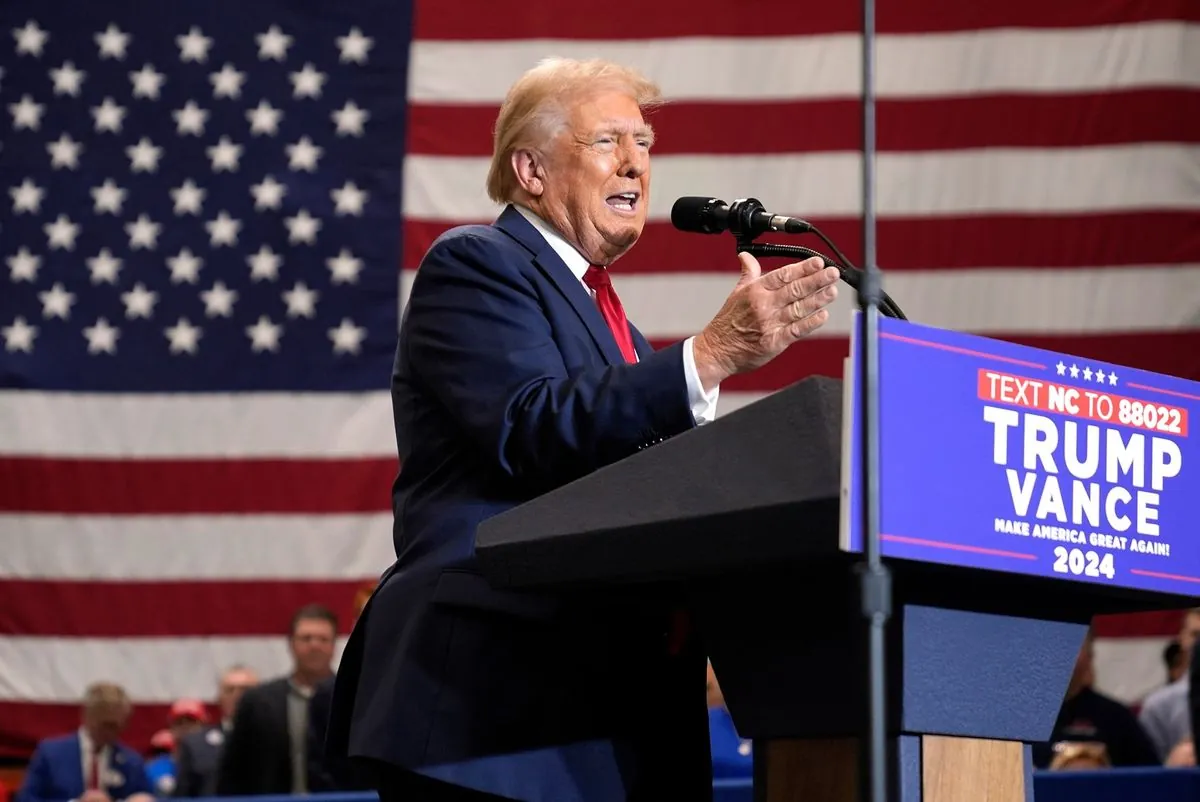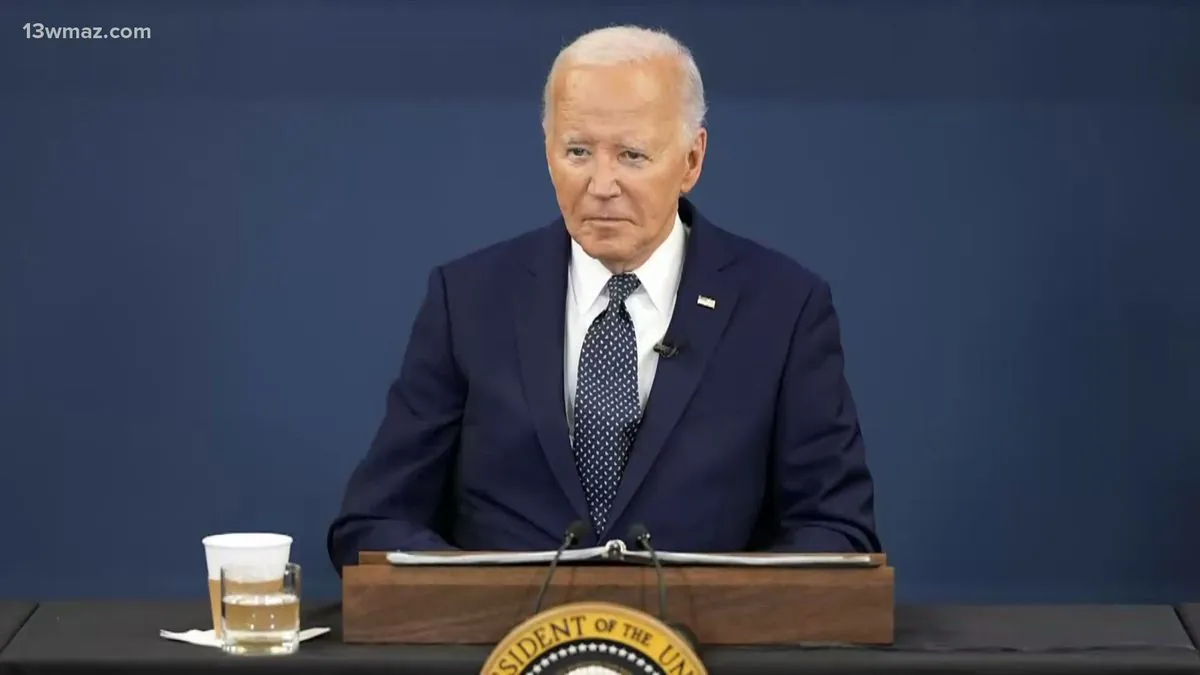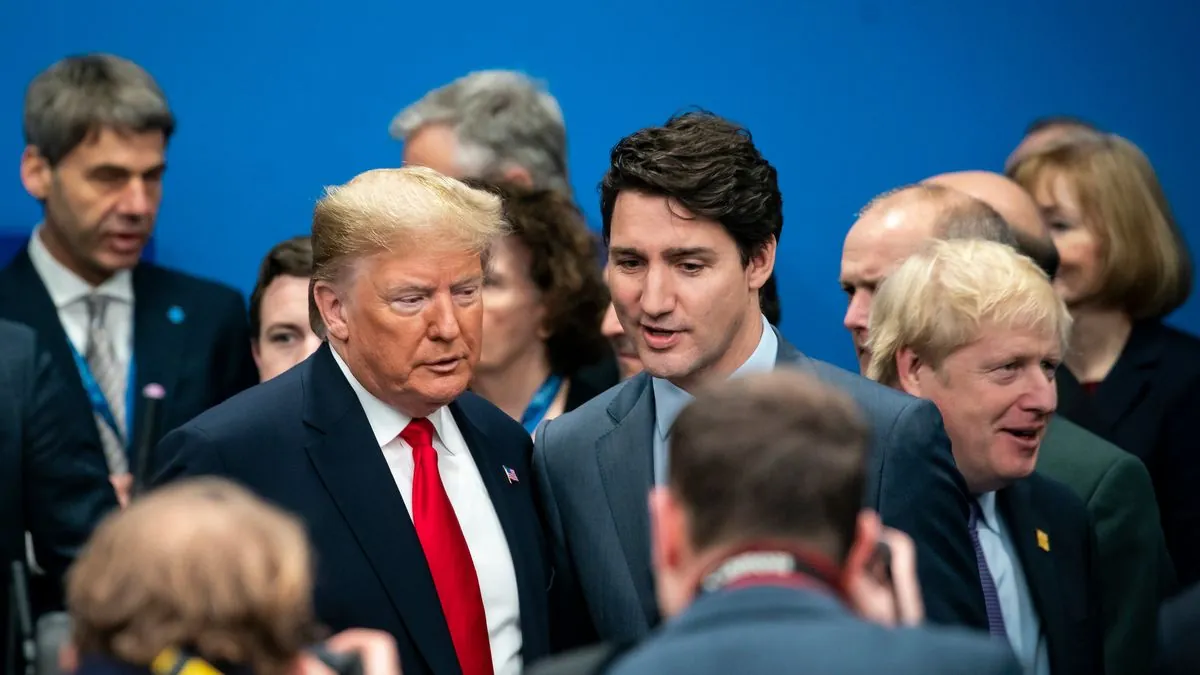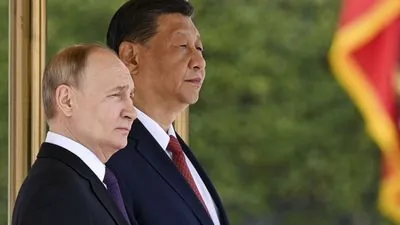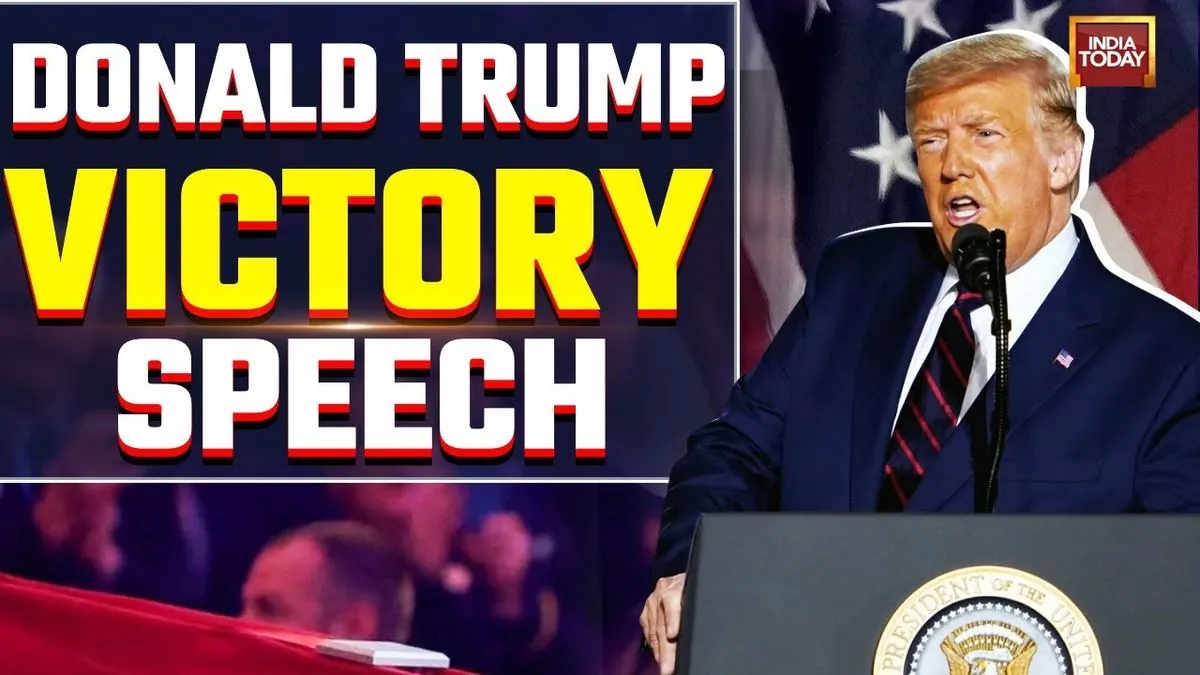US economy faces crossroads: What's really at stake in 2024 election?
Current US economic system balances between global dollar power high-tech dominance and massive energy production. Two presidential candidates offer different paths but might not change core economic direction
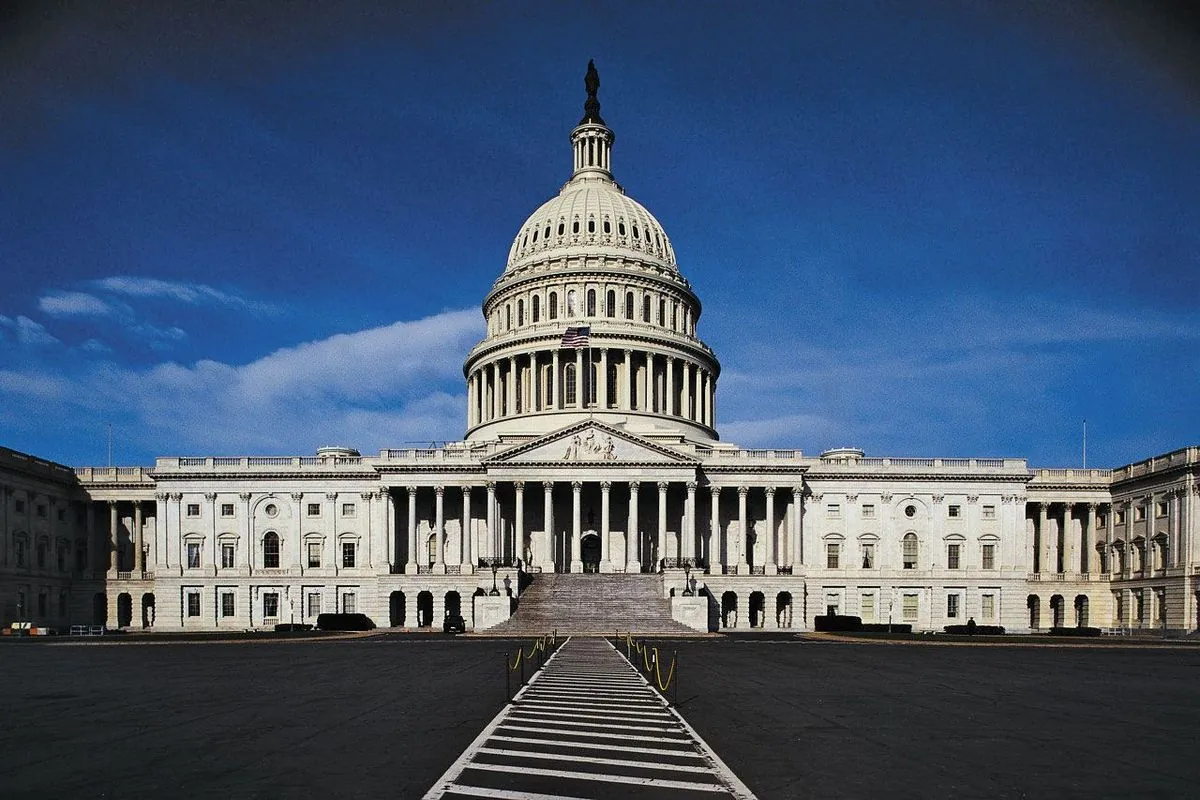
The upcoming Nov 2024 election puts Donald Trump and Kamala Harris head-to-head but their economic impact might be less dramatic than expected. The US economy maintains its unique position due to several key factors; the dollars global dominance tech sector leadership and energy production capabilities
The nations economic structure shows some non-standard features: a budget deficit stays around 6-7% (which is quite high for a fully-employed economy) while Wall Street keeps its central role in global finance. The rise of big-tech companies and AI development makes the US a world-leading platform for innovation – this creates a special economic environment thats different from other countries
The current administrationʼs approach known as Bidenomics brought some fresh ideas to the table. It moved away from the old Wall Street-focused policy making and introduced a more production-oriented strategy:
- Focus on domestic manufacturing
- Stronger worker protections
- National security linked economics
- Industrial policy development
Economics is no longer dominated by Wall Street-led globalization
Trumps proposed trade policies might shake things up with his all-around tariff plan. This could hit low-income Americans hard (as prices would go up for imported goods) and might trigger international pushback. The Europeans and Mexicans already hint at possible counter-measures; while China might target big US companies like Apple and Tesla
The macro-economic picture remains complex: high government spending and trade relationships dont always follow simple rules. Even with new tariffs the trade deficit might stay high due to overall demand patterns in the economy. The suggested changes could mark the biggest shift in US trade policy since the mid-20th century but their real impact remains unclear
